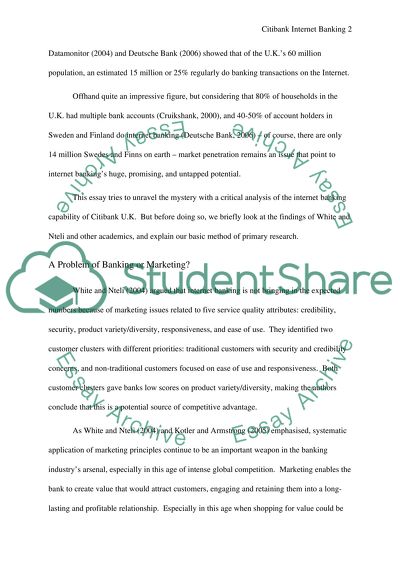Cite this document
(Big Four High Street Banks vs Citigroup's E-Banking Case Study, n.d.)
Big Four High Street Banks vs Citigroup's E-Banking Case Study. Retrieved from https://studentshare.org/finance-accounting/1530718-citibank-internet-banking
Big Four High Street Banks vs Citigroup's E-Banking Case Study. Retrieved from https://studentshare.org/finance-accounting/1530718-citibank-internet-banking
(Big Four High Street Banks Vs Citigroup'S E-Banking Case Study)
Big Four High Street Banks Vs Citigroup'S E-Banking Case Study. https://studentshare.org/finance-accounting/1530718-citibank-internet-banking.
Big Four High Street Banks Vs Citigroup'S E-Banking Case Study. https://studentshare.org/finance-accounting/1530718-citibank-internet-banking.
“Big Four High Street Banks Vs Citigroup'S E-Banking Case Study”, n.d. https://studentshare.org/finance-accounting/1530718-citibank-internet-banking.


